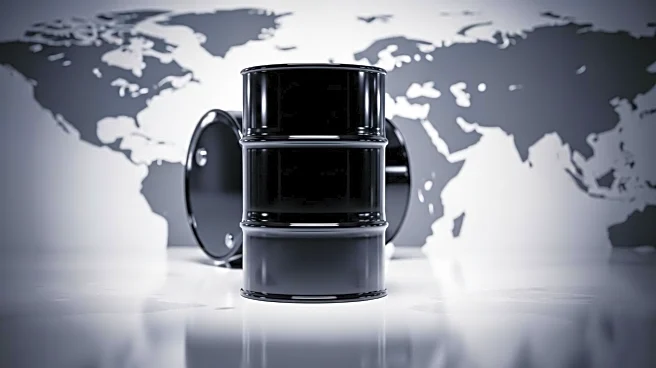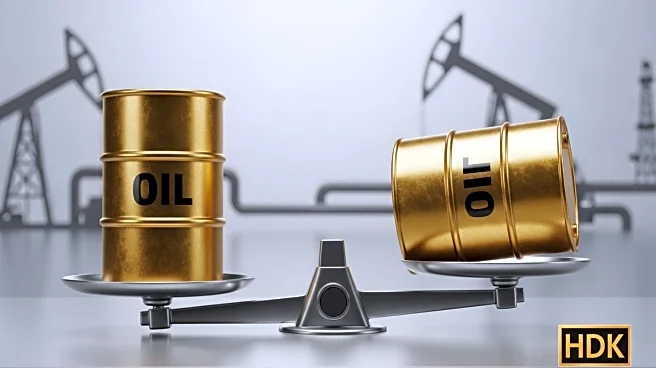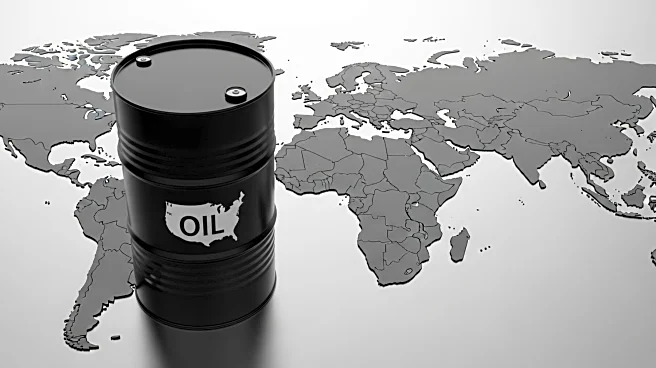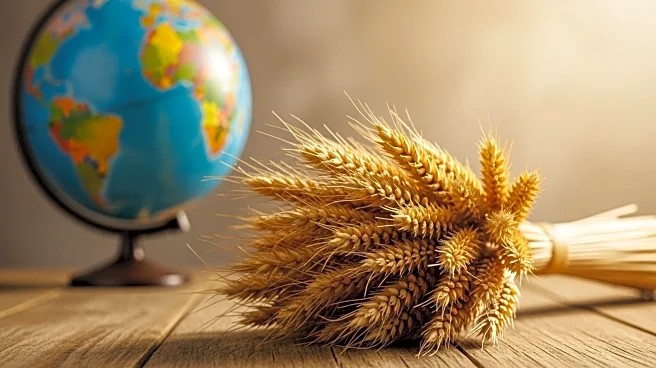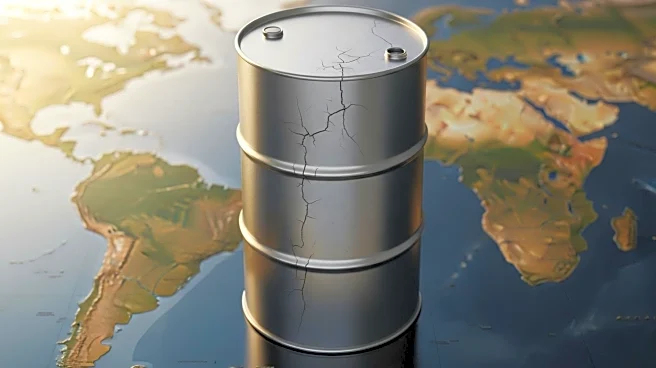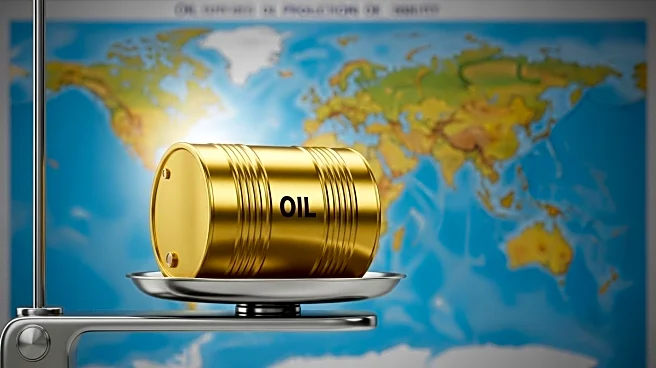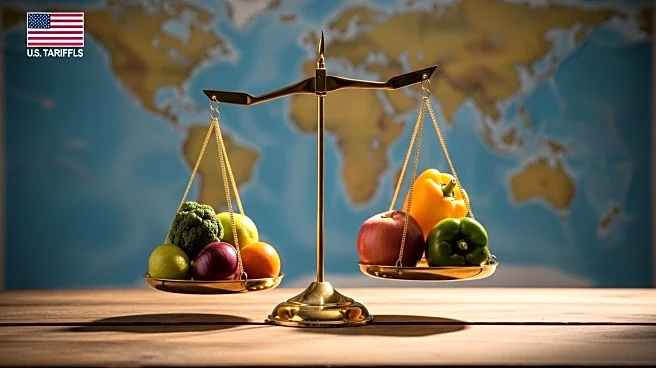What is the story about?
What's Happening?
OPEC+ is expected to maintain current production levels during its upcoming meeting, as the group assesses market conditions following a recent surge in output. The International Energy Agency (IEA) has warned of a potential global oil oversupply, projecting that supply will exceed demand by nearly 3 million barrels per day (bpd) in 2026. This imbalance is due to increased OPEC+ output and rising supply from non-OPEC producers, including the U.S., Canada, Brazil, and Guyana. Despite these growing supplies, global demand growth is expected to remain subdued. A Bloomberg survey revealed that most traders and analysts anticipate OPEC+ will not increase production further in October, reflecting a strategic pause to monitor market dynamics.
Why It's Important?
The decision to maintain output levels is significant for global oil markets, as it aims to prevent a supply glut that could depress prices and revenues for oil-producing nations. The price decline has benefited consumers, particularly in the U.S., where lower fuel costs are welcomed. However, it poses revenue risks for oil-producing countries, especially those in the Gulf. The ongoing tension between maintaining market share and avoiding a surplus highlights the delicate balance OPEC+ must navigate to stabilize the market.
What's Next?
Analysts suggest that OPEC+ may need to reintroduce production cuts in 2026 to prevent a significant surplus. The focus will be on maintaining a balanced market rather than aggressively expanding supply, with potential adjustments depending on evolving conditions.
Beyond the Headlines
The geopolitical implications of OPEC+'s decisions could affect international relations and energy policies. As oil prices fluctuate, countries may reassess their energy strategies and explore alternative sources to ensure energy security.
AI Generated Content
Do you find this article useful?
